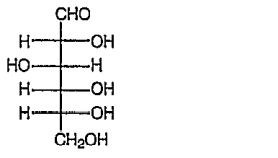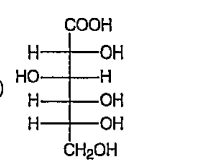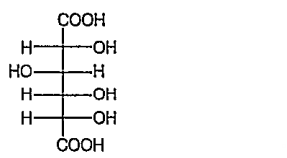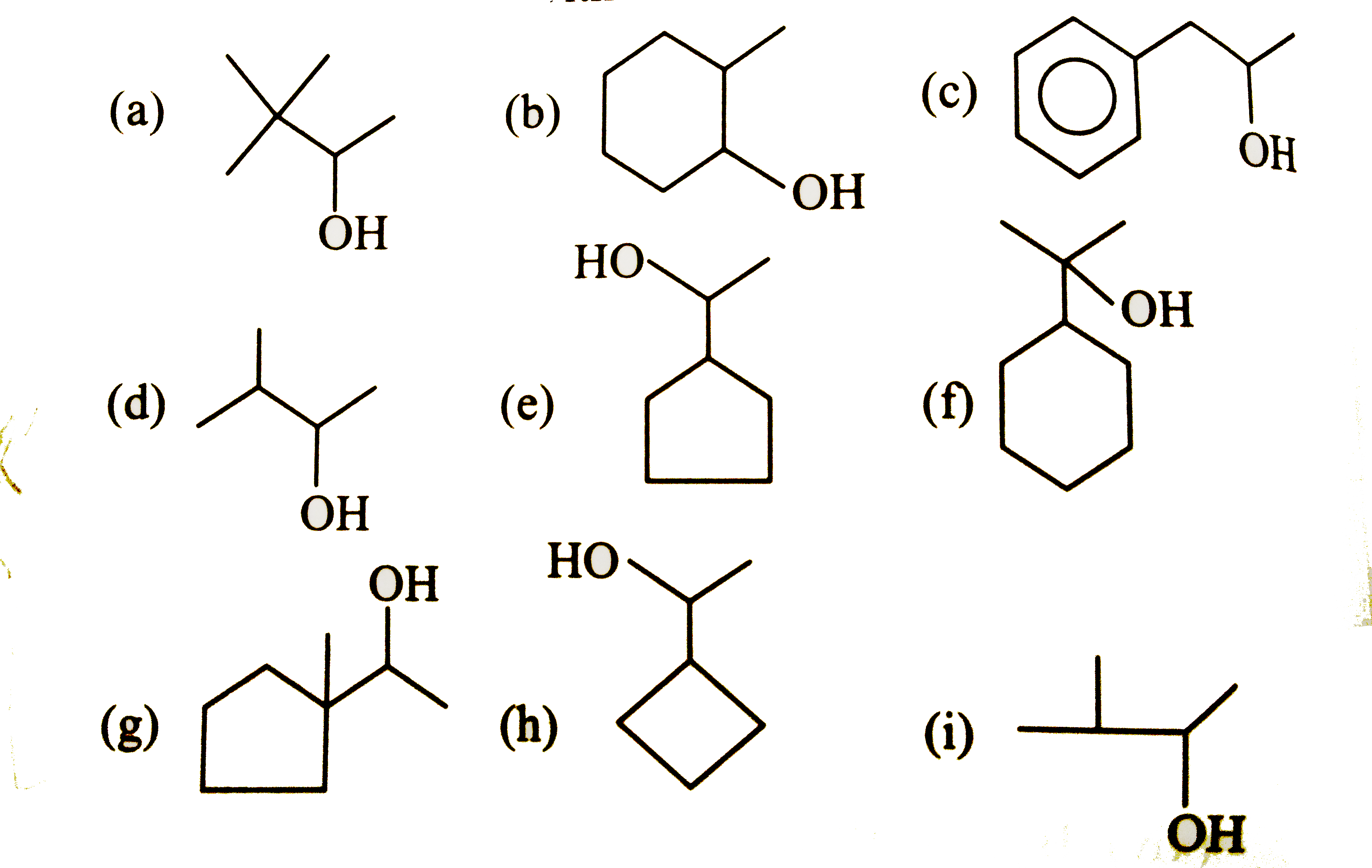What final product will form when alcoholic KOH is treated with 1, 1- dichloroethane?
Ethane-1, 2-diol
Ethene
Ethyne
Acetaldehyde
The correct Answer is:C
To determine the final product formed when 1,1-dichloroethane is treated with alcoholic KOH, we can follow these steps:
Step 1: Identify the Reactants
1,1-dichloroethane has the molecular formula C2H4Cl2. The structure can be represented as:
Cl|H−C−C−H|Cl
Step 2: Understand the Reaction Conditions
Alcoholic KOH is a strong base that promotes elimination reactions, specifically E2 elimination. This means that it will facilitate the removal of a hydrogen atom and a leaving group (in this case, a chlorine atom) in a single concerted step.
Step 3: Mechanism of the Reaction
In the E2 elimination mechanism:
- The base (KOH) abstracts a hydrogen atom from one of the carbon atoms adjacent to the carbon that has the leaving group (Cl).
- Simultaneously, the bond between the carbon and the chlorine atom breaks, resulting in the formation of a double bond between the two carbon atoms.
Step 4: First Elimination Step
1. Remove one Cl and one H:
- From the structure, if we take the hydrogen from the carbon adjacent to the carbon with Cl, we can eliminate one Cl and one H.
- This results in the formation of a double bond:
H|H−C=C−H|Cl
This compound is vinyl chloride (C2H3Cl).
Step 5: Second Elimination Step
2. Now, we can perform another elimination:
- The remaining Cl can be eliminated by the same mechanism. The base will abstract another hydrogen from the carbon adjacent to the remaining Cl, leading to the formation of a triple bond.
H∣H−C≡C−H
This final product is ethyne (C2H2).
Final Product
The final product formed when 1,1-dichloroethane is treated with alcoholic KOH is ethyne (C2H2).
---
1,1-dichloroethane has the molecular formula C2H4Cl2. The structure can be represented as:
Cl|H−C−C−H|Cl
Alcoholic KOH is a strong base that promotes elimination reactions, specifically E2 elimination. This means that it will facilitate the removal of a hydrogen atom and a leaving group (in this case, a chlorine atom) in a single concerted step.
In the E2 elimination mechanism:
- The base (KOH) abstracts a hydrogen atom from one of the carbon atoms adjacent to the carbon that has the leaving group (Cl).
- Simultaneously, the bond between the carbon and the chlorine atom breaks, resulting in the formation of a double bond between the two carbon atoms.
1. Remove one Cl and one H:
- From the structure, if we take the hydrogen from the carbon adjacent to the carbon with Cl, we can eliminate one Cl and one H.
- This results in the formation of a double bond:
H|H−C=C−H|Cl
This compound is vinyl chloride (C2H3Cl).
2. Now, we can perform another elimination:
- The remaining Cl can be eliminated by the same mechanism. The base will abstract another hydrogen from the carbon adjacent to the remaining Cl, leading to the formation of a triple bond.
H∣H−C≡C−H
This final product is ethyne (C2H2).
The final product formed when 1,1-dichloroethane is treated with alcoholic KOH is ethyne (C2H2).
Topper's Solved these Questions
Similar Questions
Knowledge Check
- Question 1 - Select One
What final product will form when alcoholic KOH is treated with 1,1- dirbomoethane ?
AEtheneBEthane -1, 2 - diolCAcetaldehydeDEthyne - Question 2 - Select One
What product is formed when methyl chloride is treated with KCN?
AAcetic anhydrideBAceto cyanideCAceto nitrileDMethyl iso cyanide - Question 3 - Select One
What is the product formed when D-glucose is treated with Br2 water?
A B
B C
C D
D
(1) What product would be formed when D-Glucose is treated with HIO4 ?
(2) D-Threose
Why epimers formed are in unequal amounts?View SolutionSalicylic acid is produced when phenol in alcoholic KOH is treated with
View SolutionSalicylic acid is produced when phenol in alcoholic KOH is treated with
View SolutionAlcohol is not formed when RMgX is treated with
View SolutionThe product formed when HCHO is heated with conc. KOH
View Solution


